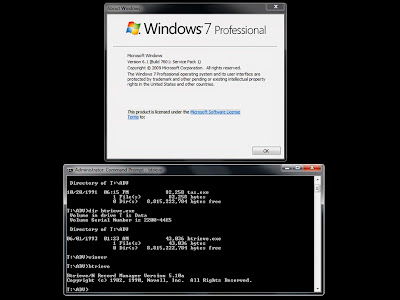Yet some users persisted, especially those that were highly customized and also for some that did not want to deal with changes that the Business Tools TAS 4.0 development system brought to the picture in 1993.
Users of some of these older systems (who chose to fight rather than switch) survived the year 2000 by customizing their systems to use "long dates." A conceptually simple change, it nonetheless required making dictionary changes to every file descriptor (similar to a "table"), changing every temporary defined date field to a long date size, then going through every data input screen and report form layout to make placement changes in order to fit the long dates and replace them with the newly permanent field and temporary field changed sizes, and recompiling every affected program. In short, a significant amount of work.
Both TAS 3.0 and 4.0 (and also 5.0 and 5.1) were 16-bit programs, yet they continued to run on every operating system that Microsoft came out with. They survived the Win 95 "scare." Then Win 98. Then NT. They kept on running on XP Pro (in fact, XP Pro was and is an extremely stable and reliable environment for these systems) after another scare that 16-bit programs were not going to function. And they still will run innately on 32-bit Windows 7 including some very old components.
Nonetheless and despite the fact that TAS (and products written in TAS including Advanced Accounting) have long since been migrated into graphical, 32-bit worlds, we have found ourselves in 2015 consulting with several users who have extensive customized systems running on modern operating systems: one case using TAS 3.0 (see screen shot below), and another that until very recently was still using a system developed with TAS 4.0. And we have recently we have had to make some programming changes into these environments. With the 3.0 system, we are making bug fixes to customized source code involving EDT source files (but not using the built-in TAS 3.0 editor) on an ongoing basis, and with the 4.0 system dealing with converting the older program code to the newer TAS Premier 7i.
 |
| TAS 3.0 components still running on a modern system on a multi-user basis (May 7, 2015) |
Predecessor products were actually released long before in the early 1980's, so the TAS development system has it roots that now go back well over 30 years.
And, even in 2015, rarely a day goes by where we don't still use in some context the TAS Professional 5.1 development system (first released by Business Tools, Inc. in August of 1996).

No comments:
Post a Comment